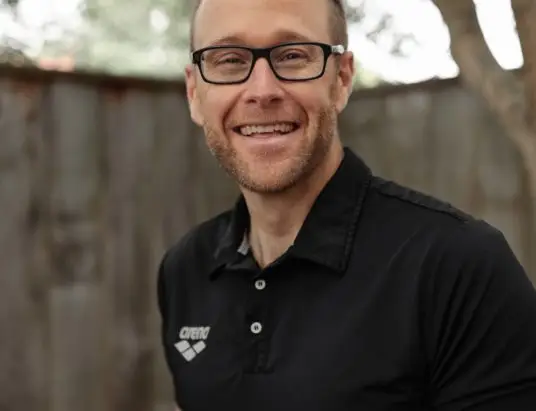Want to refocus and find some balance in life? Try breathing exercises
I regular get asked questions about finding balance between work and life and how to best manage it. It’s a great question and the answer will vary from person to person. One thing that I do say to everyone is take some time to stop and breathe each day. It will calm your nervous system and quickly give you a different and more positive perspective on your day. Sometimes the balance is there, right in front of us and we just need to stop and see it. Other times, we just need to take a step back to see how we can create the balance we want. Either way, taking the time to breathe will allow us to refocus and do this.
There are many breathing techniques that we can try. Patrick Mckeown, James Nestor and Wim Hof have all developed some amazing methods that are well worth exploring in more detail.
Breathing properly is a sometimes underestimated, but critical building block of good health. Slow, deep breathing gets rid of carbon dioxide waste and carries plenty of fresh oxygen to your brain and muscles.
If you can breathe efficiently at rest, you will be better equipped to manage your day, and you will be able to perform better in all aspects of your life.
Make some time each day to concentrate on your breathing. The following exercise will help you get the full benefits that come with good breathing. These techniques are ones you should aim to develop when breathing normally and can take a bit of practice, but it’s well worth it.
Spend about 10 minutes on this exercise, but if you are pushed for time you can halve the amount of time taken for each step. Most of this can be done anywhere when you need to relax or clear your head.
1. Get Ready (two minutes): Lie flat on your back, or sit against a wall. If you need to you can use a pillow for comfort. Make sure no part of your body is strained or supporting weight. Close your eyes and pay attention to your breathing for a minute or two. Don›t try to change your breathing, just notice how it feels. Imagine the blood flowing through your body. Listen to your surroundings.
2. Stage One (two minutes): Practice breathing in and out through your nose. Exhaling through the mouth is okay for quick relaxation, but normal breathing in and out your nose is best. Take long breaths, not deep breaths. Try not to force it; you shouldn›t hear your breath coming in or out. You›re drawing slow breaths, not snorting air or blowing it out. Feel the rhythm of your breathing.
3. Stage Two (three minutes): Good breathing is done through the lower torso, rather than the upper torso. Each breath should expand your belly. Relax your shoulders and try not to breath with your chest. Put your hands on your stomach and feel it rise as you breath in and fall as you breath out. Relax your face, neck, cheeks, jaw, temples and even your tongue.
4. Stage Three (three minutes): Feel the new air enter your lungs and the stale air leave your body. Exhale for the same amount of time as you inhale to make certain all the old air is gone. Take long slow breaths. Most people take 12 to 25 breaths per minute. Ideally, at this stage you should be doing 6 to 10 breaths per minute. Now try to exhale a little longer than you inhale for a while. Pause after you exhale without taking a breath. Focus on the stillness and on not forcing yourself to inhale. Your body will breathe when it needs to.
5. You’re Done: Slowly open your eyes, stand up and carry on with your day, a bit more re-energised and focused.



